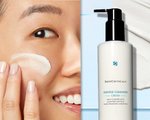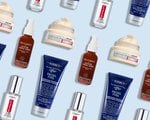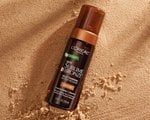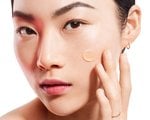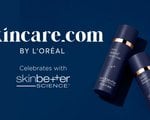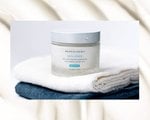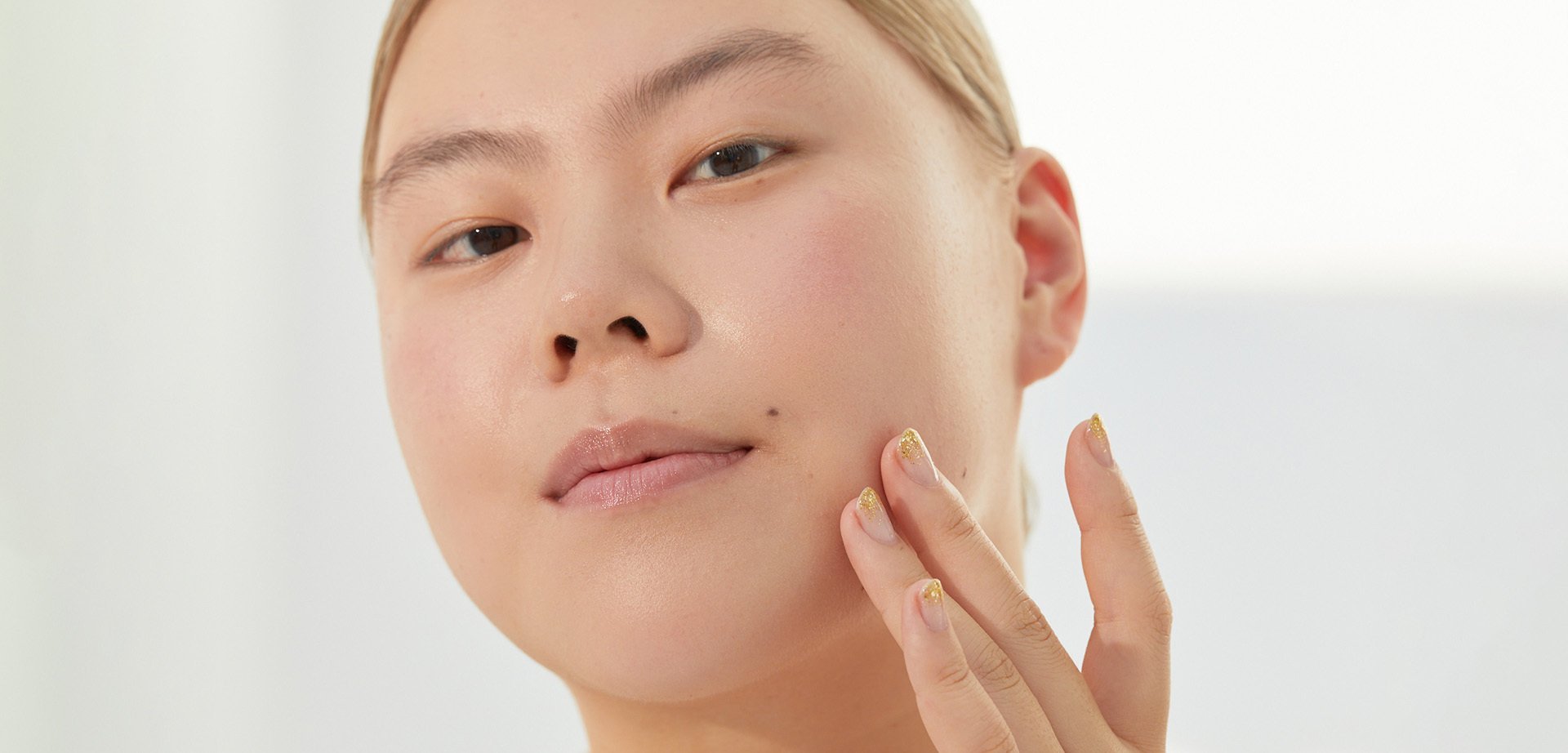The Difference Between Balms, Ointments and Salves
August 29, 2024

What Is a Salve?
Broadly speaking, salves are used to salve (meaning remedy) something, such as dry skin or irritation. These formulations are pretty similar to ointments, and the terms salve and ointment are often used interchangeably. However, while ointments tend to be relatively utilitarian, salves often feature herbal emollients or essential oils, such as lavender essential oil or eucalyptus essential oil. They’re also solid at room temperature, whereas ointments have a slightly creamier consistency.
When deciding between using a salve vs. ointment, it’s best to consider what you’re using the product for. Ointments can be used all over (like with slugging), while salves are generally designed for a specific area. And if you’re wondering what is a salve used for, the answer is pretty much anything, from dry elbows to chapped lips.
If you frequently suffer from dry hands in the winter, for example, you could reach for the Kiehl’s Ultimate Strength Hand Salve. The thick, rich formula stars avocado oil, sesame seed oil, and shea butter, and forms a glove-like barrier to help shield dry hands from external stressors and lock in moisture. If your hands are super dry, consider slathering on a thick layer before bed and slipping on some gloves for a DIY overnight hand mask.
Salves can also be excellent for those looking to relieve chapped lips. The Aesop Cedar and Citrus Lip Salve contains a blend of nourishing vegetable-derived emollients and helps nourish and smooth dry lips. Bonus: the formula’s oil-gel texture leaves behind a pretty, yet subtle sheen.

What Is a Balm?
Balms are solid or semi-solid moisturizing products that consist primarily of emollient oils and waxes. Like salves, they’re commonly used to soothe dry or dehydrated skin. Some may also help smooth the skin (lip balms are a great example of this). That said, there’s no singular formula for balms, so different products may have different properties. Some “melt” into a more fluid, spreadable texture when they come into contact with the skin. Others, like cleansing balms, are already fairly spreadable despite their semi-solid consistency.
When looking for a balm to add to your routine, consider your skin type, concerns, and the end result you’re hoping to achieve. The Kiehl’s Ultra Facial Barrier Balm is among our favorite pick for all skin types. The unique formula with squalane and pro-ceramides instantly hydrates the skin and helps strengthen the skin barrier. Plus, the portable packaging makes it easy to use on-the-go—you can even swipe it onto dry patches over your makeup.
If your skin is very dry or chapped, try the La Roche-Posay Cicaplast Balm B5 For Dry Skin Irritations. It’s jam-packed with nourishing ingredients such as shea butter and panthenol (also known as vitamin B5) and helps hydrate, soothe, and protect rough, dry skin without a greasy feel.
Finally, if you’re looking for something that feels truly luxurious, we suggest giving the SkinCeuticals Hydra Balm a try. The soothing formula deeply hydrates and helps lock in moisture, improving both the look and feel of dry, sensitive skin.

What Is a Salve?
Broadly speaking, salves are used to salve (meaning remedy) something, such as dry skin or irritation. These formulations are pretty similar to ointments, and the terms salve and ointment are often used interchangeably. However, while ointments tend to be relatively utilitarian, salves often feature herbal emollients or essential oils, such as lavender essential oil or eucalyptus essential oil. They’re also solid at room temperature, whereas ointments have a slightly creamier consistency.
When deciding between using a salve vs. ointment, it’s best to consider what you’re using the product for. Ointments can be used all over (like with slugging), while salves are generally designed for a specific area. And if you’re wondering what is a salve used for, the answer is pretty much anything, from dry elbows to chapped lips.
If you frequently suffer from dry hands in the winter, for example, you could reach for the Kiehl’s Ultimate Strength Hand Salve. The thick, rich formula stars avocado oil, sesame seed oil, and shea butter, and forms a glove-like barrier to help shield dry hands from external stressors and lock in moisture. If your hands are super dry, consider slathering on a thick layer before bed and slipping on some gloves for a DIY overnight hand mask.
Salves can also be excellent for those looking to relieve chapped lips. The Aesop Cedar and Citrus Lip Salve contains a blend of nourishing vegetable-derived emollients and helps nourish and smooth dry lips. Bonus: the formula’s oil-gel texture leaves behind a pretty, yet subtle sheen.
